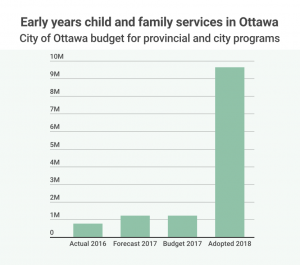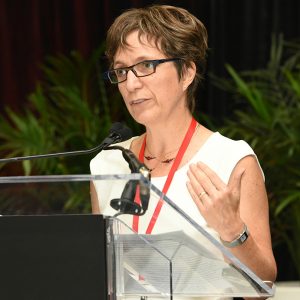Alex Kurial
The Ottawa Public Library recently unveiled a new music rental program at two of its branches in an effort to expand the type of educational services it offers to the community.
The measure was sponsored by life insurance titan Sun Life Financial, who orchestrated the initiative through a $140,000 donation to the Ottawa Public Library last year.
The Sun Life Financial Musical Instrument Lending Library will be operational at the Main and Nepean Centrepointe branches of the library.
Reaction to the new program was largely positive, with commenters expressing their joy that they would be able to try, for free, what is often a very expensive pursuit. Ottawa joined several other Canadian cities, including Vancouver, in offering this service to its community.
Why the library decided to turn to a major corporation to finance its goals remains unresolved however. Especially in the wake of a budget increase from the city of Ottawa last year.
The library received an extra 1.494 million dollars from the city under its 2018 budget report. Yet Ottawa Public Library still took the step of seeking out financial backing from a life insurance company, whilst prominently displaying their name at its branches.
Councilor Marianne Wilkinson, who sits on the Ottawa Public Library board, didn’t see a problem with the decision to seek out corporate backing.
“Yes there definitely is,” the councilor responded when asked if there is a future between libraries and private companies seeking to pitch in large amounts of money. “There are corporations that support libraries… Definitely there’s a place for business within libraries.”
Despite the six figure donation, it appears that the partnership with Sun Life came with stipulations. Wilkinson revealed that many of the better instruments are for display purposes only.
“There were some pretty good ones [instruments] that they put on display,” she said. “But they’re not available to borrow.”
This forced the library to turn to a donation drive to seek help from the community in fleshing out their musical instrument goals. Fortunately for the library this was fairly successful, although there were still some issues.
“They got quite a few donated ones,” Wilkinson explained. “They’re not always in the best condition.”
The Ottawa Public Library certainly was not willing to speak on the matter. Despite repeated attempts for a statement on the choice to seek corporate funding, or regarding the music rental program itself, the only insight offered was a link to information numbers on the library’s website.
“I’m afraid we have no one available to answer your questions personally,” was the brief response received by Communications Strategist Rachael Duplisea.

Councilor Wilkinson also revealed that this wasn’t the first time the library had turned to outside help to fund its efforts.
“We’ve had particular support from the American embassy for the 3D printers,” Wilkinson explained. The embassy also helped to fund the “makerspace”, an innovative center within the library designed to encourage critical thinking endeavors.
For now it’s clear that the Ottawa Public Library is intent on pursuing all available funding options available to them, no matter where they might come from.


















